Spoken Language Montessori Lessons
I was consulting with a Montessori school that is making tremendous effort to improve it's pedagogy and we spent two full days reviewing the Montessori language theory and material presentations. You probably already know that there are three main areas in the Montessori language program for 3 to 6+ year-olds:
- Spoken language
- Preparation for writing
- Reading
Of course, before you can really do anything beyond the oral language work, you have to steep the child in practical life, especially all of those preliminary exercises. (This school spent 3 days with me on that endeavor last summer.)
Anyway, it took the entire first day just to go over theory and spoken language presentations and we could have spent a second day on it. Now I know that in some Montessori teacher training programs, these lessons get really short-shrift. However, since they are the basis of the entire language program, I thought I'd give you a few highlights here.
First, here's a picture of the spoken language shelves that we set up.
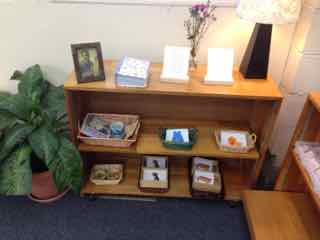
Everything always goes from top to bottom, left to right. So, the top left has a framed piece of art to remind the Guide to given the conversations at a picture lessons. Next, there is a small photo album of pictures from the class in action. This is to remind the Guide to give True Story lessons. Next there is a lyric card... this is just the lyrics to a song you want to be sure to sing that week printed on card stock and standing up in a postcard holder. You won't use this when you sing the song with the children, but it is on the shelf as a reminder to the Guide to sing the song. Swap the song every week. Finally, the top shelf has a poetry card. Just like the lyric card, this is a short poem printed on card stock that is meant to remind the Guide to recite that poem (poems must be memorized...don't read it!) with the children.
Shelf two has a basket with objects for the Sound Game. You can have an empty basket here and use it to collect objects from around the room or you can prepare objects in advance. Both strategies are good. Next, two baskets of vocabulary cards.
Shelf 3 starts with a basket of visual matching objects (nice, real miniatures or actual objects...no pink elephants) followed by a tray with matching cards and then a tray with two packets of matching cards for matching/sorting work.
To put this in context, I should probably give you the list of spoken language presentations, remember that the spoken language lessons require formal presentations just like every other material in the environment. And formal presentation means we need to practice (with our co-teacher/assistant if we have one) ahead of time so our lessons are seamless. Here is a list of the lessons we covered:
- Natural conversations
- Conversations at a picture
- Poetry (memorized)
- Songs (memorized)
- Books
- Reading classified books (e.g., At the Market)
- Reading literature (e.g., The Dot)
- True stories
- Listen & Do
- Furnishings & surroundings
- Names of the exercises
- Objects within exercises
- Classifications (e.g., all brushes)
- Entire exercise (all parts)
- Double commands (touch the third rod and pick up the smallest brown stair)
- Spoken classification (e.g., think of fruits)
- Question games
- News periods
- Holiday discussions
- 3-period lessons
- Parts of the body
- Sensorial material language
- Classified vocabulary cards (groups of things)
- Naming
- Discussing (elicit definition)
- Sorting
- Matching
- Sorting & Matching
- Sound games
- Level 1: Beginning sounds
- Level 2: Beginning & ending sounds
- Level 3: Beginning, ending, and any other sounds
- Level 4; Beginning, ending, and every other sound
- Notes: Lasts 3-5 minutes; Always teacher led; When children are consistently successful with Level 1, introduce the sandpaper letters; When they have mastered the sandpaper letters AND are consistently successful with Level 4 sound games, introduce the movable alphabet
We discussed the theory behind each lesson, gave a model lesson, and then practiced giving the lesson in small teams. It was an incredibly eye-opening experience.
Here are some more photos of the entire language area. First, the children's library where they can go wherever they like to look at a book. Such a calm and lovely space. I wish we had had a little lamp to add in next to the chair.

Next two pictures to give you an overall sense of the language area.


Now, specific images of the preparation for writing shelves (sandpaper letters, movable alphabets, metal insets, and chalkboards).


And the Reading shelves... these are a bit too crowded IMHO but we were very pressed to set up the area in time for the workshop... your environment should probably have two shelves to cover what we did in one.


I think an awesome staff development program might take one of these lessons to discuss, present, and practice at each professional development meeting. You could also easily bring poetry to life in your school by asking a different Guide to prepare a short, memorized poem to recite/teach to the staff at each staff meeting. Poetry, of course, is an oral tradition and so poems should be memorized before being presented to the children. Keep them short at first (just one or two stanzas) to increase the possibility of success and bolster enthusiasm (the same goes for introducing poetry to the children).
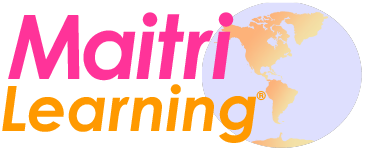

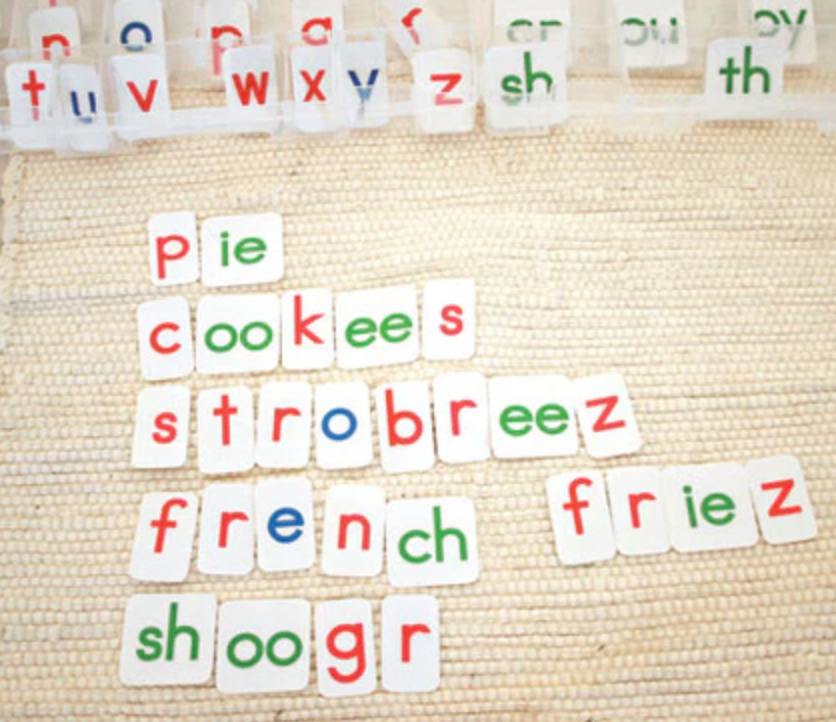

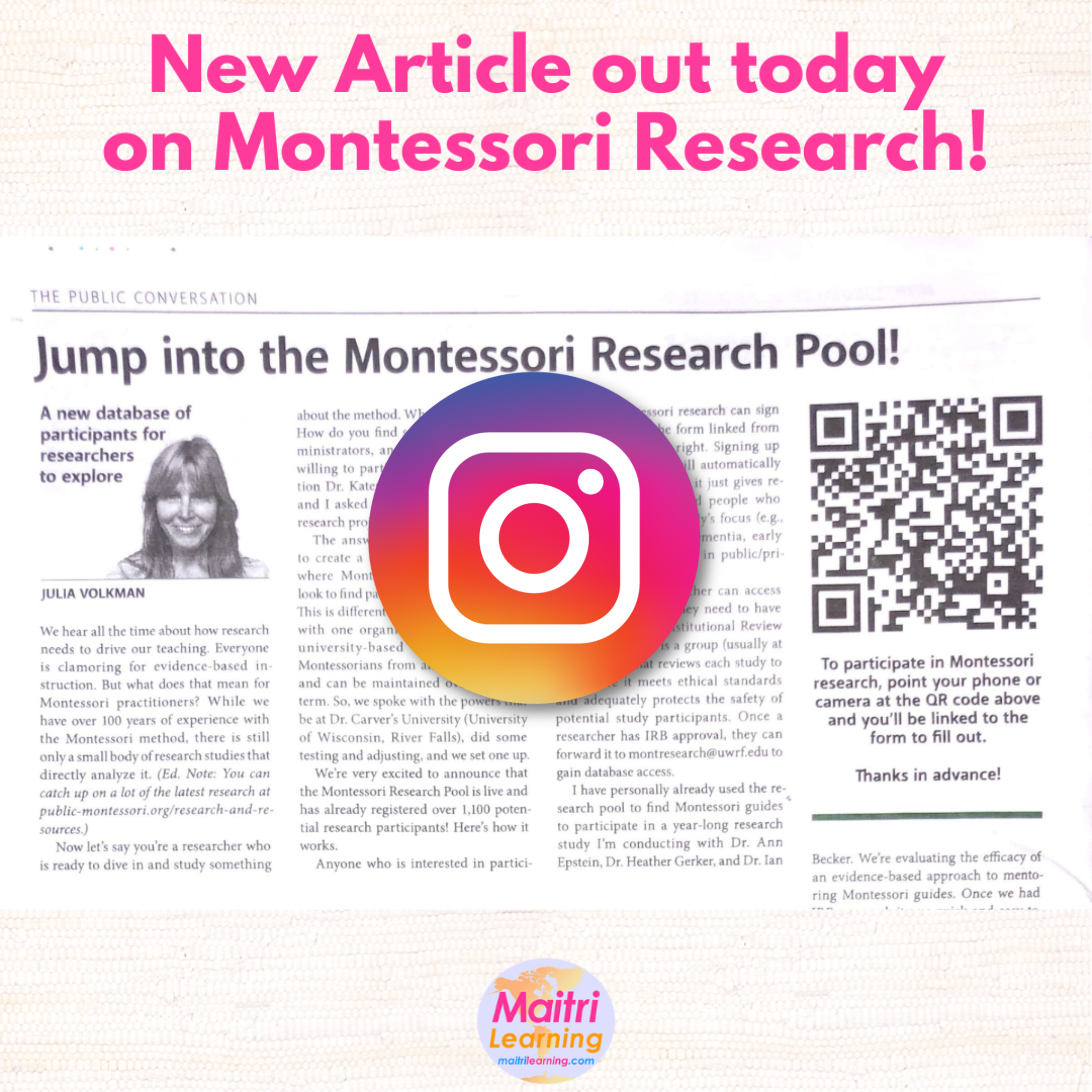

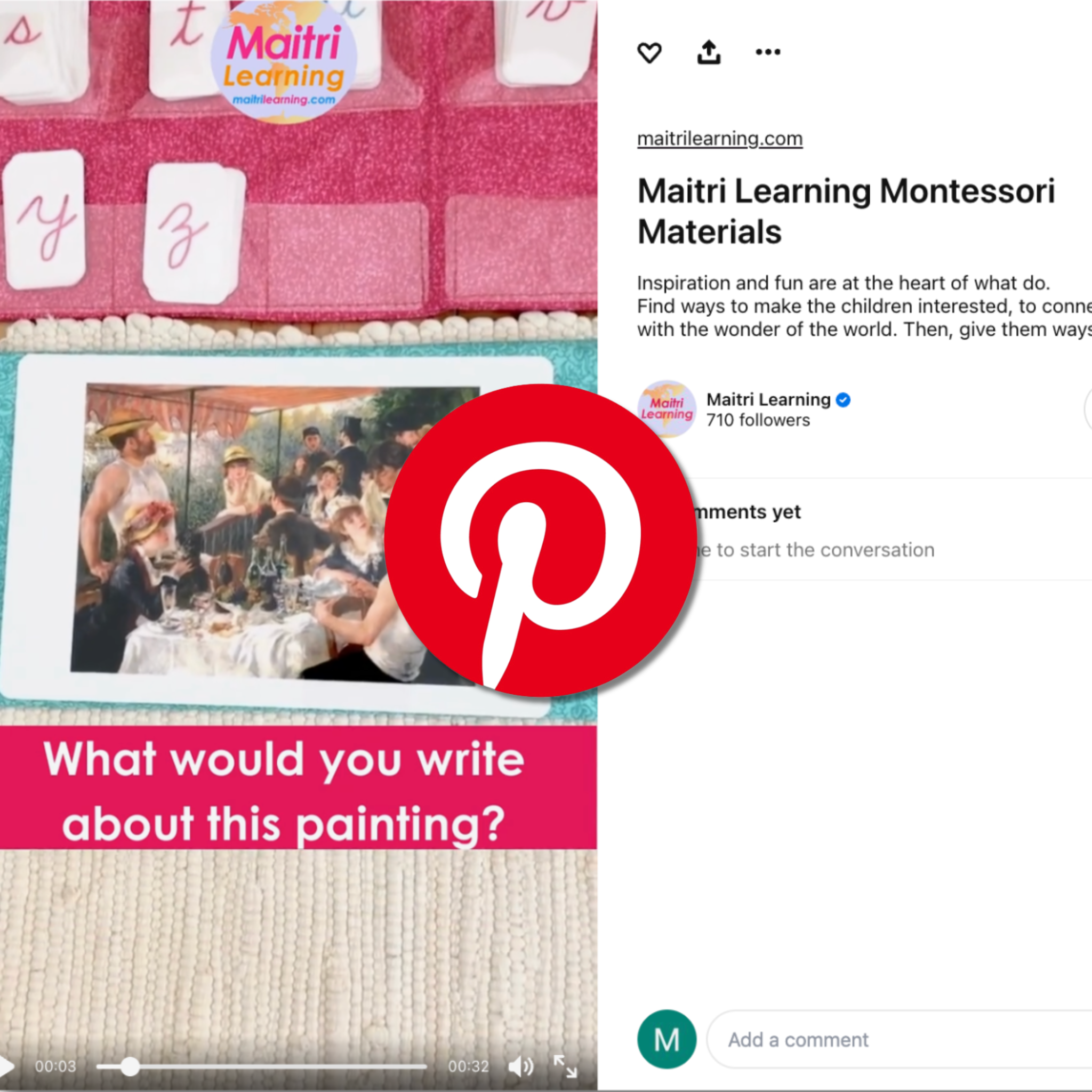
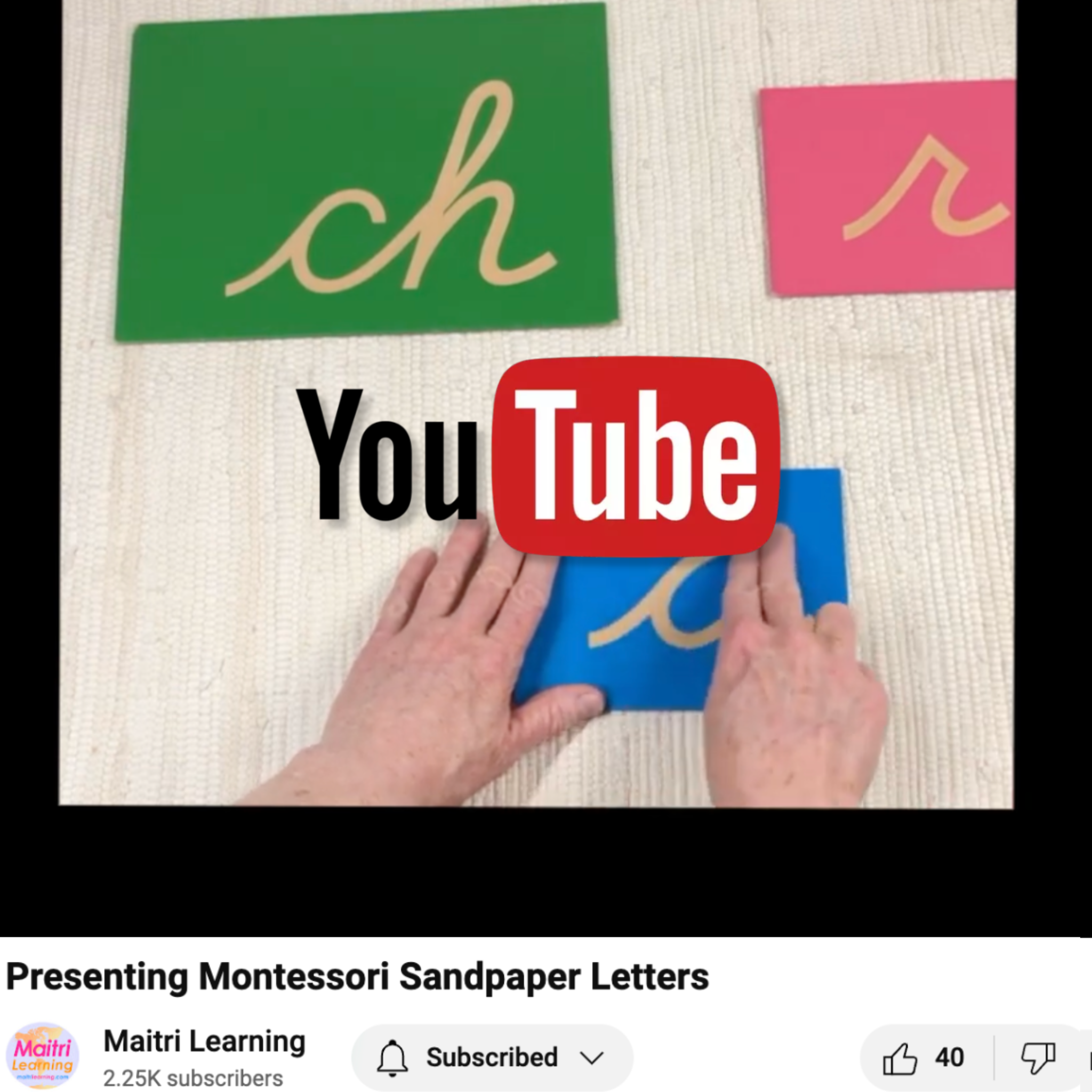
Leave a comment
This site is protected by hCaptcha and the hCaptcha Privacy Policy and Terms of Service apply.